Measurement principle
Flow measurement is calculated via the maximum velocity measurement. Pitot tube is placed at the centre of the pipe.
The shape speed depends of the number of the Raynolds. Velocity is equal to ± 2% and to maximum velocity x0,84 (this coefficient can be calculated with Vennard and Blasius’s formula) if the flow is turbulent. Pitot tube enables the measurement of this flowrate by generating a differential pressure proportional to the dynamic pressure of the fluid, when the pitot tube is placed in the flowing fluid.
The differential pressure generated is function of the axial velocity, fluid density and the characteristics of the probe (K0 factor of the probe).
This differential pressure is measured with FCX series pressure transmitter connected the HP and LP side.
Avantages
Easy-to-use and low pressure loss
Low price for large pipe diameter
Process connections :
1/2’’ NPT or 1/4’’NPT screw connection
3 valves manifold integrated to the pitot tube’s head
For clean fluids
Pipe diameter from 100 to 1500 mm
Already set up on key projet around the world
Specifications
Accuracy : ± 1% of real flow (tested by independent laboratories)
Repeatability : ± 0.1%
Drift : zero drift for better long-term stability
Raynolds number : Re mini : 1.2 x 10.4
Rangeability : 10:1 (100:1 de DP)
Fluid type : liquid, gas or steam
Pipe : circular pipe Ø50 to Ø3000 mm (SRB) and Ø1500 (SRD) or rectangular duct
Process pressure : up to 50 bar max
Process temperature : up to 500°C max
Viscosity : 500 centipoises max
Material : 316L stainless steel
Fixation : gland or flange
Applications
Flow gas or atmospheric emission flue gas measurement
Options : stainless steel


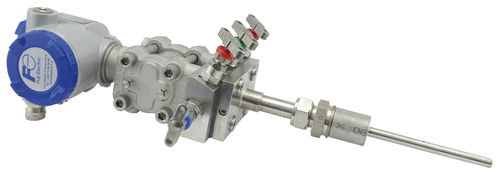
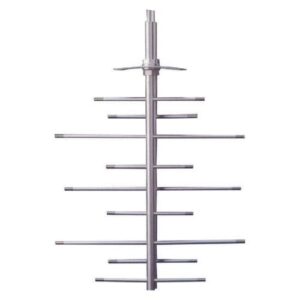
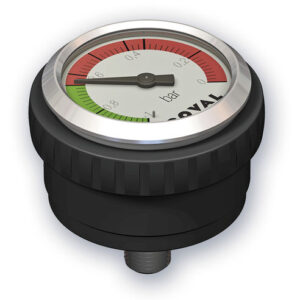
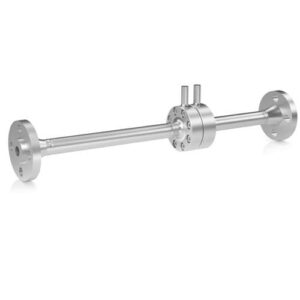
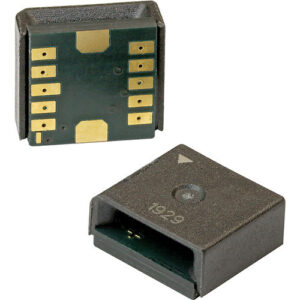
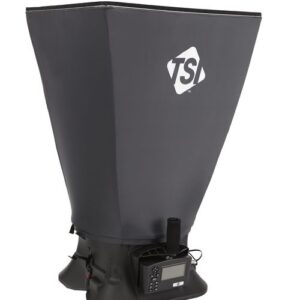
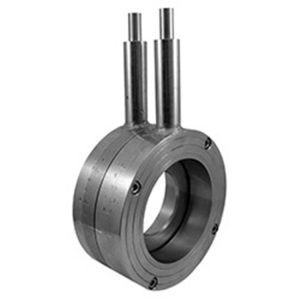
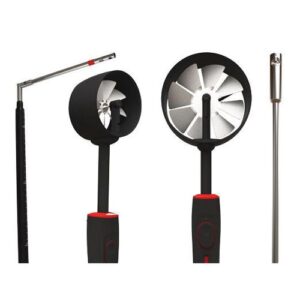
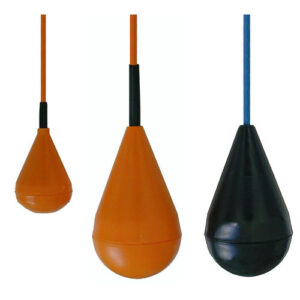
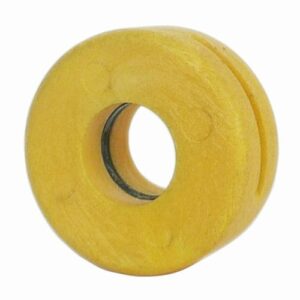
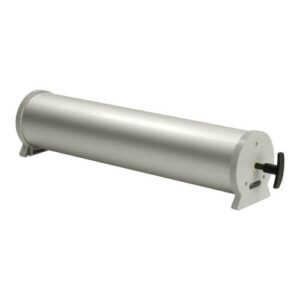
Reviews
There are no reviews yet.